With the help of a compression test, you can determine the wear of the connecting rod and piston group and the overall wear of the engine.
Compression is checked with a special device - a compression gauge, which can be purchased at auto parts stores.
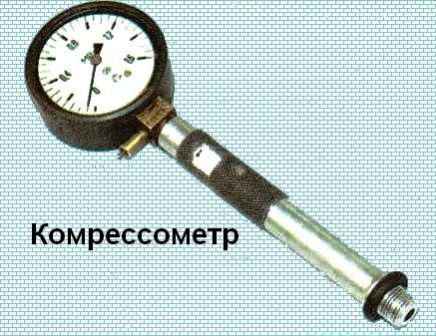
This is what the compression gauge looks like.
There are variants of compression gauges that have a rubber tip instead of a threaded fitting for screwing in instead of a spark plug.
Such compression meters, when checking compression, are simply strongly pressed against the spark plug hole.
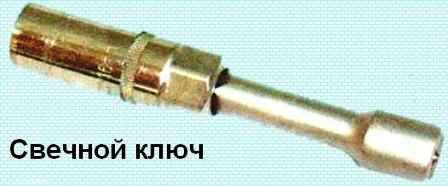
You will need a 16 wrench to remove the spark plugs
The procedure for checking cylinder compression is shown on the example of the K7J and K7M engines.
Check the compression of the K4M engine in the same way.
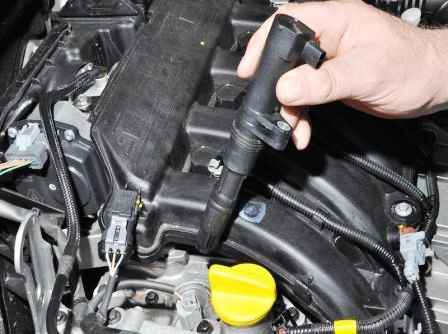
The difference is that the four ignition coils must first be removed from the K4M engine plugs
Start the engine and warm it up to operating temperature
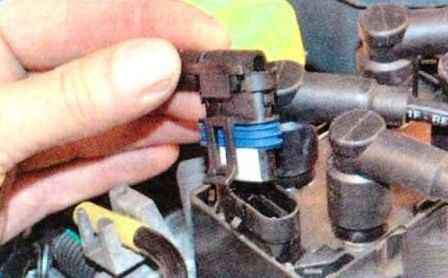
Stop the engine and disconnect the wiring harness block from the ignition module.
If this is not done, then with the tips of the high-voltage wires disconnected, when turning the engine starter, it can lead to a breakdown of its high-voltage circuit.
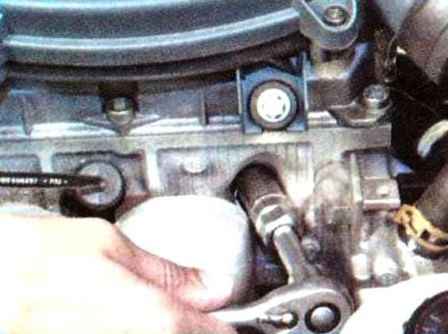
Unscrew all the spark plugs
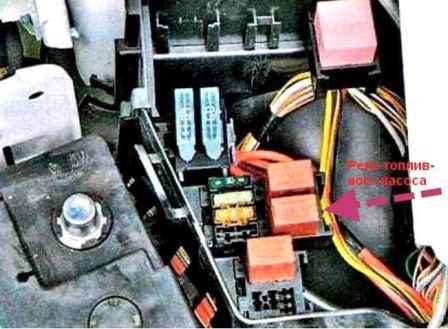
Turn off the fuel pump by removing the fuel pump relay from the mounting block in the engine compartment.

We screw a compression gauge into the spark plug hole of the cylinder being checked (if it is threaded, if it has a rubber tip, then we insert and press it against the spark plug hole)
The assistant presses the gas pedal all the way down to fully open the throttle.
Turns on the starter and cranks the engine until the pressure in the cylinder stops increasing (as indicated by the compression gauge).
In order for the compression gauge readings to be correct, the crankshaft must rotate at a speed of 180-200 min -1 or higher, but not more than 350 min -1.
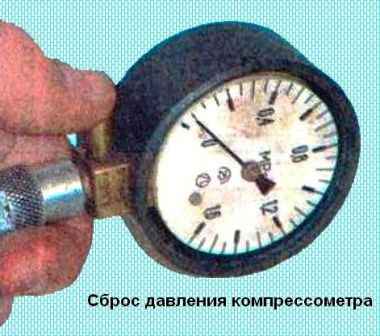
Having fixed the readings of the compression gauge, set its arrow to zero by pressing the air release valve.
Repeat steps 5-8 for the rest of the cylinders.
The pressure should not be lower than 1.0 MPa and should not differ in different cylinders by more than 0.1 MPa.
Lower compression in individual cylinders can result from loose valve seats, damaged cylinder head gaskets, broken or burnt piston rings.
Lower compression in all cylinders indicates worn piston rings.
To find out the reasons for insufficient compression, pour about 20 ml of clean engine oil into the cylinder with reduced compression and measure the compression again.
If the compression gauge reading has increased, it is most likely a faulty Piston ring awn.
If the compression value remains unchanged, then this indicates a loose fit of the valve plates to their seats or damage to the cylinder head gasket.
The cause of insufficient compression can also be found by supplying compressed air to the cylinder in which the piston is pre-set at TDC on the compression stroke.
To do this, remove the tip from the compression tester and attach the compressor hose to it.
Insert the tip into the spark plug hole and blow air into the cylinder at a pressure of 0.2-0.3 MPa.
In order to prevent the engine crankshaft from turning, engage a higher gear and brake the car with the parking brake.
The exit (leakage) of air through the throttle assembly indicates a leak in the intake valve, and through the muffler - a leak in the exhaust valve.
If the cylinder head gasket is damaged, air will escape through the neck of the expansion tank in the form of bubbles or into the adjacent cylinder, which is detected by a characteristic hissing sound.





